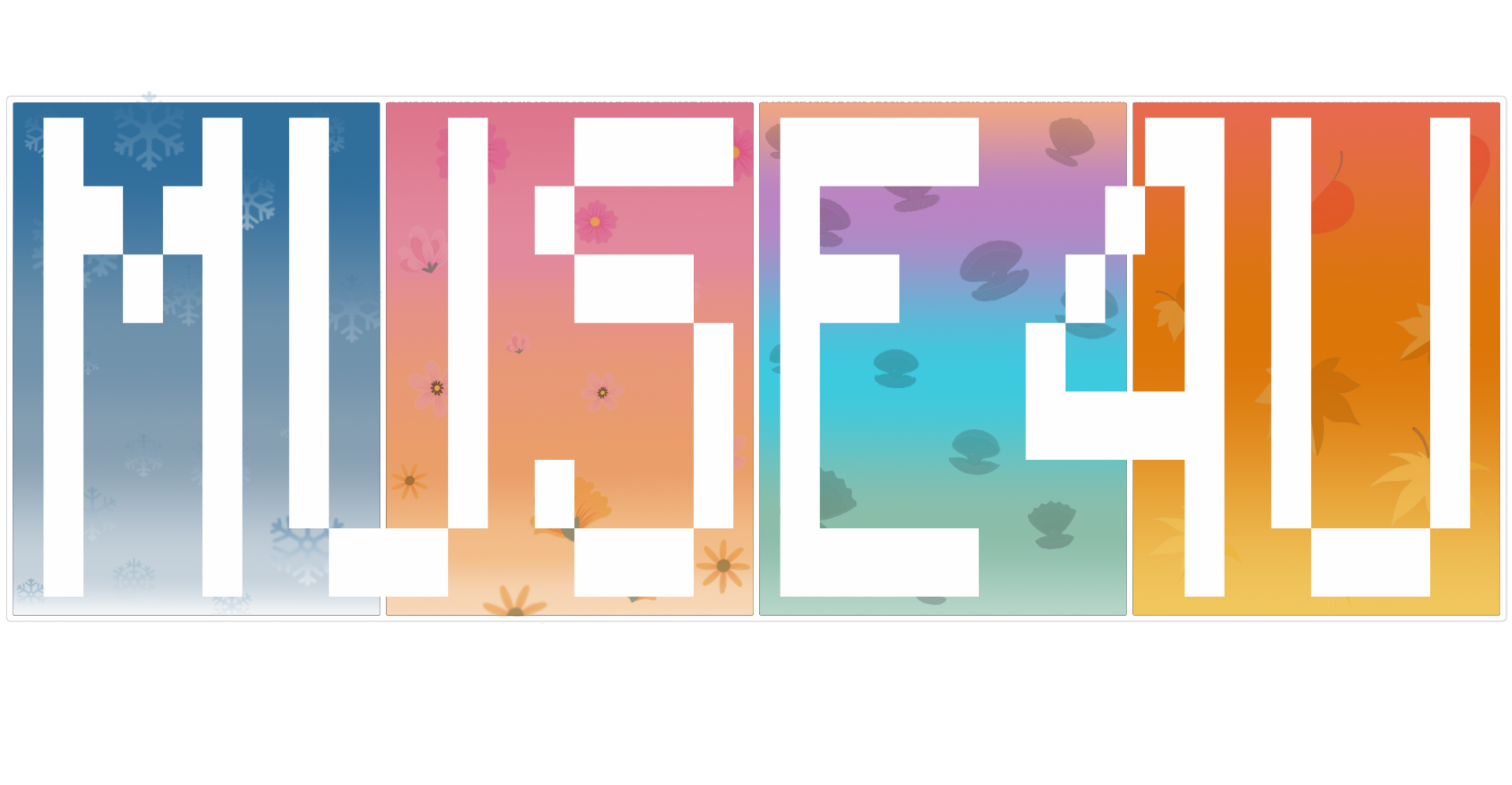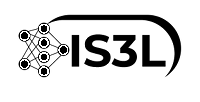
An application consisting of four interactive games developed to help people with autism to develop their motor and visual coordination skills and memory capacity. At the end of each game, there is a leaderboard that is updated in real-time if the user writes his name in the text box and his score is greater than at least one of the scores that are present in the leaderboard.
Game 1 – Fish Memory
The objective of this first game is to train memory and visual and motor coordination (hand coordination) by seeing a sequence of pairs of images (shells and pearls with associated colors) and respective sounds, with the difficulty of the sequence increasing with the number of rounds (that is, in round 1 only one image appears, in round 2 two images appear, in round 3 three images appear, and so on). The user needs to select both images at the same time (both shell and pearl) to match the sound, that is, he must touch the shell with his left hand and the respective pearl with his right hand to replicate the sequence that was shown. The user has a maximum of three lives and loses a life when he makes a mistake in the sequence, for example: if the sequence is – green, orange, blue – and the user selects the order – orange, orange, purple – he loses a life. Whenever the user correctly selects all the pairs of images that were shown in the sequence, he earns points, and whenever he makes a mistake, he loses points and a life. Furthermore, the sounds in this game are the sounds associated with the sequence of pairs of images that appear and are selected; the feedback sound when the sequence of images selected by the user is correct; as well as the feedback sound when the sequence selected by the user is wrong.
Game 2 – Hungry Caterpillars
The objective of the second game is to train visual and motor coordination through the use of certain body parts, that will have linked sprites of certain colors, with the sprites that will appear on the screen that also have associated colors. More precisely, the user needs to use the elbows and feet to be able to make the caterpillars of each of these parts of the body – red for the left elbow, green for the right elbow, and yellow for the feet – touch the respective colored leaves that pass on the screen. This game works with a timer and not by rounds, and the objective is to collect as many of each type of leaf as possible. As it is a game that has a timer, it is also possible to catch a time bonus with any of the caterpillars, which adds 10 seconds to the timer and appears at the same time as the leaves appear on the screen. To add a little difficulty, there is also a type of leaf that, if touched by any of the caterpillars, takes points away from the same caterpillar that touched it. This game has background music, as well as feedback, and sounds for when the user manages to pick up the leaves or when they touch the leaf they shouldn't touch.
Game 3 – Save the Bee
The objective of the third game is to train visual coordination, associating images linked to certain parts of the body – torso and knees – with images that pass on the screen, which can appear from the right side as well as from the left side, and motor coordination with knee lifts and squats. Thus, the user has a bee in the lower area of his torso whose objective is to move so that he can make that bee touch the flowers that appear. In addition to flowers, wasps can also appear, and these can either be avoided with body movements, to prevent the bee from touching them, or the shields present on the knees can also be used for the user to be able to defend the bee from them. Whenever a set of sprites will appear on the screen, be it wasps or flowers, the user is warned in the upper area of the screen which sprite he has to use to interact with the sprites that will pass on the screen, for example: if flowers come, a bee will appear at the top of the screen; if it is wasps, a shield will appear at the top of the screen. For each flower picked up by the bee, the user earns points, and for each wasp that touches the bee, he loses points. This game is in rounds, and the player loses when he fails to defend the bee from the wasps five times, that is, the fifth time a wasp touches the bee, the game ends. That count will be made available on the screen in the form of five lives. This game has background music, as well as sounds associated with the appearance of wasps on the screen, feedback when a wasp touches a bee, and when a shield touches a wasp, and also when a bee touches a flower.
Game 4 – Christmas Lights
The objective of the fourth game is to train motor and visual coordination, associating the sprites that are linked to the hands with the actions that we have to perform and that appear randomly on the screen. The user has a Christmas candy in his right hand and a tool in his left hand, and on the screen are drawn sprites representing Christmas lights in four different colors. When one of the Christmas lights freezes, that is, when a snowflake appears above the Christmas light, the user has to break the ice with the Christmas candy (the right hand), and when the light stops working (i.e. it is represented as a blown light bulb), the user has to repair it with the tool (left hand). This game works in rounds, where the difficulty increases, as the time the user has to break the ice and fix the light bulb is less. Thus, the game ends when the user fails any of the tasks five times, and the number of times he can fail will be represented as lives. The game has background music and also has feedback sounds for when the light bulb: freezes, is blown, defrosts, and is repaired.

